How Can HungerStation Data Scraping Deliver 80% Accuracy in Food and Grocery Market Insights?
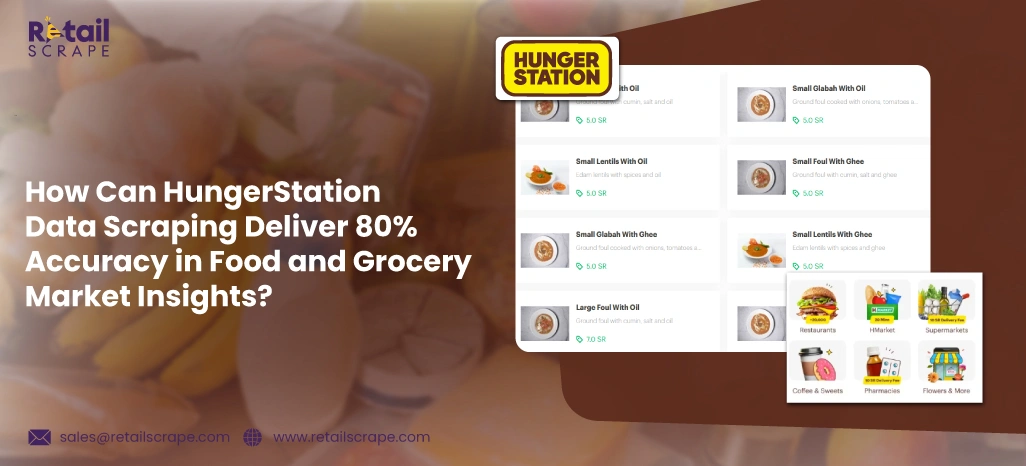
Introduction
The rapid growth of digital food delivery platforms is reshaping how consumers order meals and groceries, especially across the Middle East. In this fast-moving ecosystem, data plays a vital role in helping restaurants, grocery retailers, and delivery aggregators build strategies backed by accurate insights. With the rising competition, understanding customer demand, monitoring pricing structures, and analyzing menu offerings have become crucial for market success.
This is where HungerStation Data Scraping emerges as a game-changer. By extracting structured data directly from the platform, businesses can access a goldmine of information—menu variations, grocery product listings, competitor pricing, and even delivery trends across different regions of Saudi Arabia. For both emerging players and established brands, such data-driven intelligence brings up to 80% accuracy in market predictions, operational planning, and revenue optimization.
Through powerful analytics, organizations can gain access to HungerStation Food Delivery Insights, decode customer choices, and track market fluctuations that were once invisible. Whether it’s optimizing grocery assortments, monitoring competitor deals, or mapping price changes, scraping methods help organizations not only react to market shifts but also anticipate them. This blog explores six major problem-solving applications of scraping HungerStation data and how businesses can build reliable strategies around it.
Identifying Consumer Trends Across Food Categories
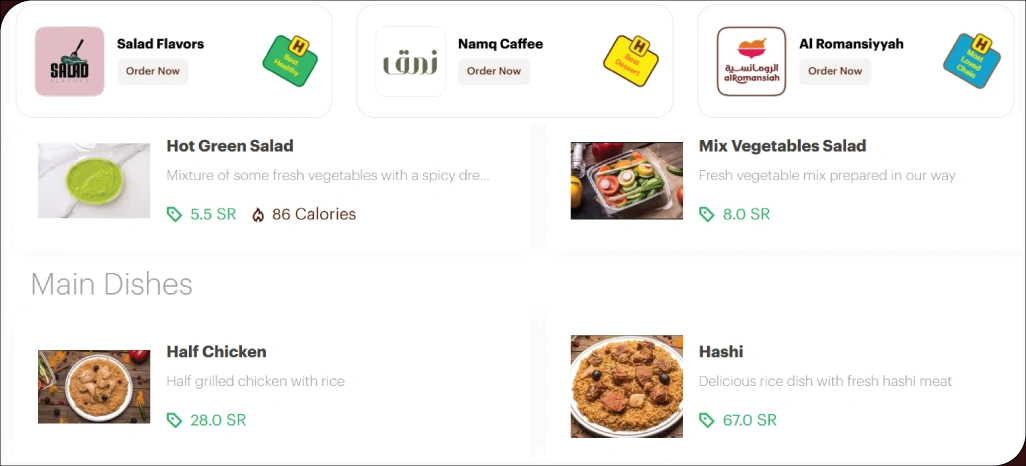
Consumer demand in the food and grocery delivery industry shifts quickly, influenced by pricing, convenience, and promotional campaigns. Without structured data, businesses risk misjudging what customers want most. Extracting datasets from HungerStation enables companies to capture behavioral changes in real-time and build predictive models around them.
With HungerStation Data Scraping, companies can access datasets showing order frequency, cuisine preferences, delivery time fluctuations, and seasonal surges. This enables analysts to interpret whether customers are increasingly favoring specific categories like fast food, health-focused meals, or grocery staples. For instance, weekend spikes often show a rise in casual dining demand, while religious festivals reflect a surge in traditional grocery staples.
Studies suggest that nearly 62% of Saudi residents order food delivery at least once per week, and almost 48% switch platforms when price differences exceed 12%. By analyzing HungerStation Food Delivery Insights, companies can identify these shifts early and adjust offerings proactively.
Data Type Example Finding Use Case
| Data Type | Example Finding | Use Case |
|---|---|---|
| Cuisine Popularity Trends | 35% Riyadh orders for Arabic meals | Regionalized campaign planning |
| Delivery Fee Variations | 18% higher fees in Jeddah evenings | Adjusting delivery schedules |
| Customer Ratings Analysis | Avg. 4.3 for fast food outlets | Menu performance improvement |
| Grocery Order Frequencies | 62% weekly orders among households | Inventory forecasting strategies |
By integrating these insights, food delivery businesses can predict shifts in customer needs with nearly 80% accuracy, giving them a reliable advantage in forecasting and planning.
Restructuring Digital Menus for Competitive Advantage

Digital menus are today’s storefronts, and optimizing them is crucial for both restaurants and grocery retailers. If menus aren’t strategically designed, businesses risk losing out to competitors offering better-structured product assortments or deals.
Through HungerStation Restaurant Menu Scraping, restaurants gain visibility into competitors’ offerings, including bundle deals, placement strategies, and seasonal promotions. For grocery retailers, HungerStation Product Listings Data reveals which products dominate sales, allowing them to prioritize high-demand items.
A McKinsey study found that nearly 70% of digital customers select items listed within the first three options on an app menu. By reordering high-performing items strategically, businesses directly increase conversion rates. Moreover, seasonal menu restructuring ensures better engagement—like offering special Ramadan meal packages or highlighting trending grocery SKUs.
With Food Data Scraping, companies can also benchmark promotional campaigns, track competitor menu updates, and evaluate how consumers respond to limited-time offerings. This leads to smarter assortment planning across both restaurants and groceries.
Menu or Listing Element Example Insight Business Action
| Menu or Listing Element | Example Insight | Business Action |
|---|---|---|
| Popular Dishes | Burgers appear in top orders weekly | Feature prominently in menu placement |
| Bundle Deals | Combo meals increase sales by 22% | Create new package deals |
| Grocery SKUs | 250 new listings in Riyadh monthly | Adjust assortments to match demand |
| Promotional Items | 20% discounts during Ramadan | Build seasonal strategy |
Adopting these insights ensures a consistent competitive edge while maximizing digital visibility and improving customer satisfaction.
Designing Smarter Pricing Models Across Regions
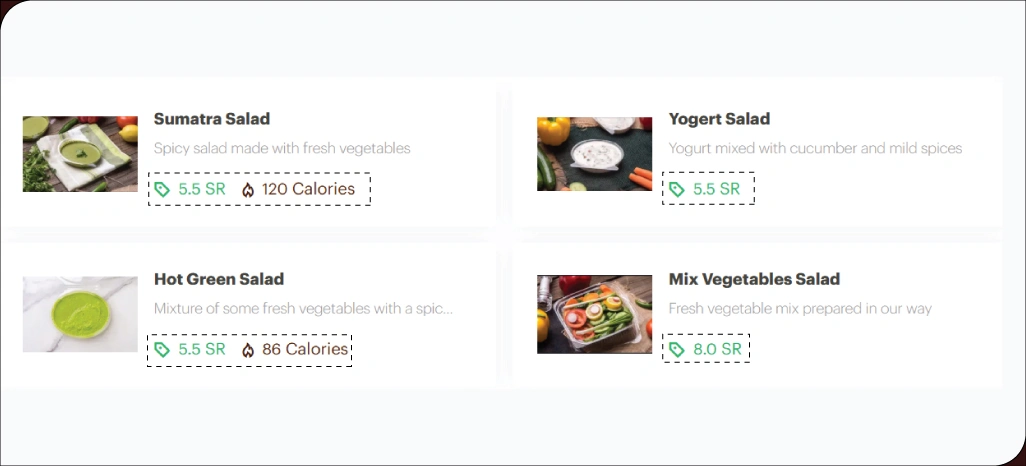
Pricing is one of the strongest purchase motivators on delivery platforms. Even small differences in price can shift consumer loyalty from one app to another. To remain competitive, businesses need real-time visibility into pricing trends across regions.
Using HungerStation Price Monitoring, restaurants and grocery retailers can track competitor prices, detect fluctuations, and align pricing strategies accordingly. For instance, basket prices for groceries may rise by 15% on weekends in Riyadh compared to weekdays. Having access to this data allows companies to design promotions or targeted offers for price-sensitive consumers.
Price Monitoring as a strategy ensures businesses remain aligned with consumer expectations. A recent survey showed that 54% of Saudi users switch apps based on promotions alone. With access to structured pricing datasets, companies can anticipate these shifts instead of reacting late.
Pricing Factor Example Finding Strategy Derived
| Pricing Factor | Example Finding | Strategy Derived |
|---|---|---|
| Regional Fluctuations | 15% higher basket price weekends | Offer discounts during peak times |
| Competitor Benchmarks | Avg. 10 SAR cheaper meals in Jeddah | Adjust pricing for competitive balance |
| Delivery Fees | Free delivery in limited time windows | Introduce matching campaigns |
| Seasonal Price Increases | 25% spike during Ramadan | Create bundled festive promotions |
By aligning strategies with advanced data insights, companies achieve pricing accuracy, build long-term loyalty, and forecast demand elasticity with greater precision.
Tracking Competitor Tactics for Market Readiness
In highly competitive delivery markets, understanding what rivals are doing is essential for survival. Companies that fail to benchmark competitors often lose share to businesses running smarter promotions or product innovations.
With HungerStation Competitor Analysis, businesses can track menu updates, pricing tactics, and new product launches. For example, one Riyadh restaurant discovered its competitor captured 20% more orders by offering smaller portion sizes at reduced prices. Adjusting its own menu accordingly led to a similar surge in orders.
Using structured datasets, businesses can analyze how competitor discounts, campaigns, and delivery models impact customer demand. Insights from Competitor Analysis help them adapt offerings in real-time.
- Smaller portion meals capture price-sensitive buyers.
- Aggressive discounts attract younger demographics.
- New product categories diversify customer bases.
- Faster deliveries improve ratings and loyalty.
By combining these datasets with Online Restaurant Data Scraping Ksa, businesses gain localized competitive visibility that cannot be achieved manually. These insights directly support stronger planning and long-term strategy building.
Monitoring Grocery Buying Behavior in Real-Time
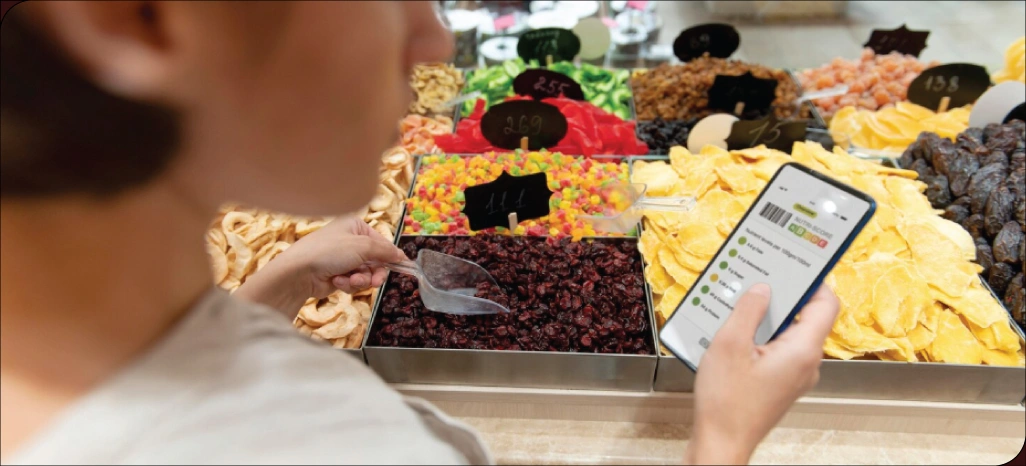
The grocery delivery sector in Saudi Arabia is expanding rapidly, making it crucial for businesses to track demand cycles and stock availability. Without accurate insights, grocery retailers risk overstocking or frequent shortages.
With HungerStation Grocery Data Extraction, businesses can extract SKU-level insights into fast-moving items, availability patterns, and seasonal preferences. This ensures inventory is optimized for demand fluctuations. For instance, milk, rice, and bread consistently appear in the top 10 ordered items across Riyadh.
Using Grocery Data Scraping, businesses can analyze demand cycles for staples like dates during Ramadan or beverage spikes in the summer. This helps retailers align supply chains efficiently. Over 35% of Saudi households now rely on digital grocery services weekly, proving the need for predictive planning.
Grocery Factor Example Finding Operational Outcome
| Grocery Factor | Example Finding | Operational Outcome |
|---|---|---|
| Top-Selling SKUs | Dairy, rice, and bread dominate orders | Prioritize supply chain partnerships |
| Seasonal Purchases | Dates sales rise 50% in Ramadan | Align seasonal stocking strategies |
| Stockout Tracking | Dairy shortages in multiple regions | Coordinate supplier delivery timelines |
| Emerging Product Trends | Organic foods rising 18% monthly | Expand health-focused assortments |
With Real-Time Food and Grocery Insights Saudi Arabia, businesses enhance accuracy, reduce wastage, and meet customer expectations efficiently.
Measuring Brand Performance Through Delivery Metrics
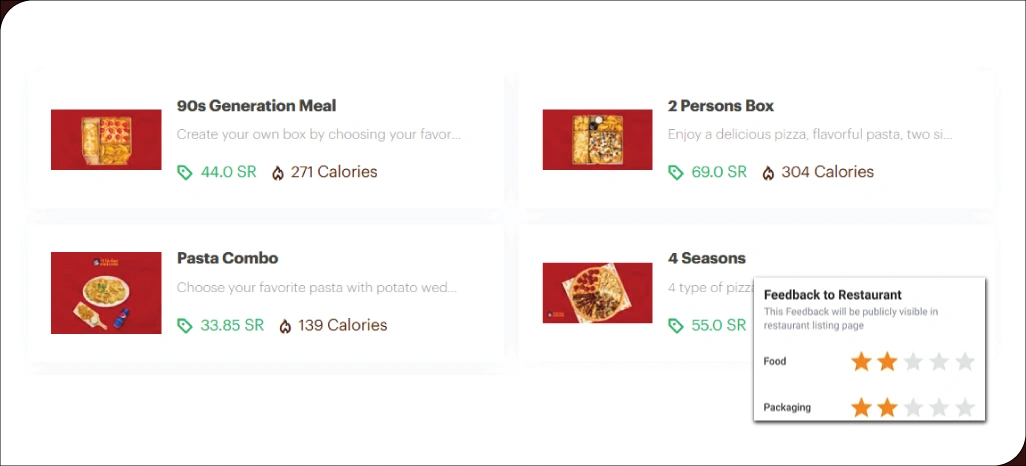
Brand reputation on delivery platforms depends heavily on customer experience. Companies that don’t track performance metrics like ratings, delivery speed, or repeat orders risk losing loyalty to better-performing competitors. Using HungerStation Data Scraping, businesses can access structured metrics, from order ratings to delivery times and repeat purchases. Declining performance in any area signals the need for quick improvements.
For example, a bakery noticing a drop in product ratings could respond with quality improvements to restore customer satisfaction. In addition, analyzing repeat orders helps identify customer loyalty levels, while promotions tracking reveals which campaigns resonate best.
Performance Metric Example Finding Business Response
| Performance Metric | Example Finding | Business Response |
|---|---|---|
| Ratings | 3.9 average for bakery products | Improve product quality |
| Delivery Speed | 45 minutes avg. in Riyadh | Optimize delivery routes |
| Repeat Orders | 65% reorder for fast food | Strengthen loyalty programs |
| Promotion Effectiveness | 25% redemption rate on offers | Adjust marketing campaigns |
With access to Saudi Arabia Food Delivery Data, companies gain a localized advantage, ensuring that their brand strategies resonate directly with customer expectations in the region.
How Retail Scrape Can Help You?
Navigating today’s competitive delivery market requires actionable intelligence, and that’s where HungerStation Data Scraping becomes essential. We specialize in extracting structured datasets that provide deep insights into consumer demand, pricing, product listings, and competitive benchmarks.
We provide customized scraping solutions designed to match your unique business needs. From capturing regional menu data to tracking daily pricing shifts, our technology ensures you get reliable datasets without the hassle of manual collection.
Our service offerings include:
- Extraction of restaurant menu and pricing data.
- Monitoring grocery product availability and demand.
- Tracking delivery fees and seasonal price surges.
- Identifying competitor promotions and product expansions.
- Providing SKU-level grocery insights.
- Analyzing customer preferences and review patterns.
Partnering with us means gaining clarity, precision, and the ability to make smarter choices in a highly competitive digital delivery market. With a focus on HungerStation Food Delivery Insights, we enable you to drive sustainable growth through data-driven strategies.
Conclusion
Businesses in the food and grocery delivery ecosystem are evolving rapidly, and HungerStation Data Scraping is proving to be a critical enabler of accurate, reliable, and real-time insights. With structured datasets on pricing, demand, and customer behavior, companies can design strategies that deliver measurable growth and resilience.
At the same time, integrating HungerStation Price Monitoring into your analytics ensures visibility into competitive movements and customer expectations. By aligning operational strategies with data-backed insights, businesses can not only remain relevant but also achieve long-term profitability.
Connect with Retail Scrape today and transform your delivery business strategies with reliable HungerStation data solutions.
